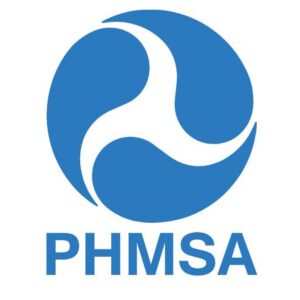
The American Gas Association (AGA), American Petroleum Institute (API), American Public Gas Association (APGA) and Interstate Natural Gas Association of America (INGAA) (jointly “the Associations”) submit these comments for consideration by the Pipeline and Hazardous Materials Safety Administration (PHMSA) concerning the “Safety of Gas Transmission Pipelines: MAOP Reconfirmation, Expansion of Assessment Requirements, and Other Related Amendments” rule (“transmission mandates rule”). On March 26, 2018, PHMSA announced that this would be the first of two rules addressing the gas transmission pipeline topics raised in the 2016 “Safety of Gas Transmission and Gathering Lines” Notice of Proposed Rulemaking (NPRM), and that this rule would address gas transmission pipeline mandates from the 2011 Pipeline Safety Act. The Associations plan to submit a second, separate set of comments to address the topics that PHMSA announced it will include in its second gas transmission rule, the “Safety of Gas Transmission Pipelines: Repair Criteria, Integrity Management Improvements, Cathodic Protection, Management of Change, and Other Related Amendments” rule. PHMSA also announced that it would address its proposals pertaining to gathering lines in a separate, dedicated Gas Pipeline Advisory Committee (GPAC) meeting and final rule.
The gas transmission rules were discussed during a series of five GPAC meetings in 2017 and 2018. The GPAC meetings provided the GPAC Members, PHMSA representatives, the regulated community, and the public the opportunity to discuss topics contained within the transmission rules. The Associations provided PHMSA and the GPAC members with comments following the first four GPAC meetings that were intended to summarize the views expressed during the meetings and elaborate on the concerns identified. These comments included markups to the proposed regulatory text that were intended to mirror the votes and discussions held by the GPAC and also identified outstanding concerns. The proceeding comments are similar in content and structure. The Associations hope that these comments will assist PHMSA as it drafts a final rule that advances pipeline safety.







